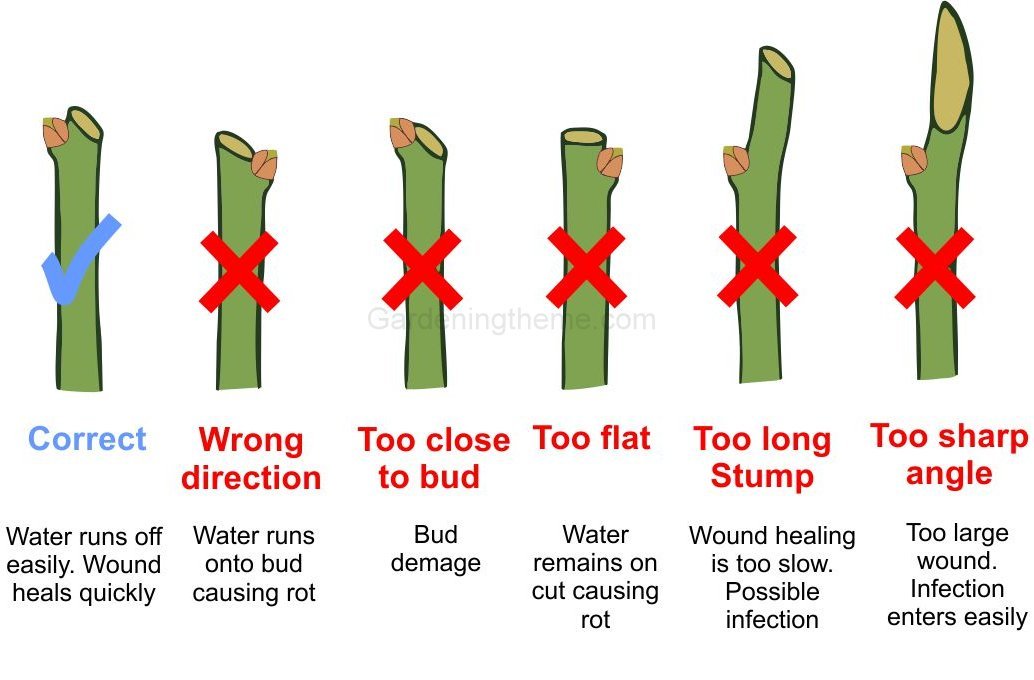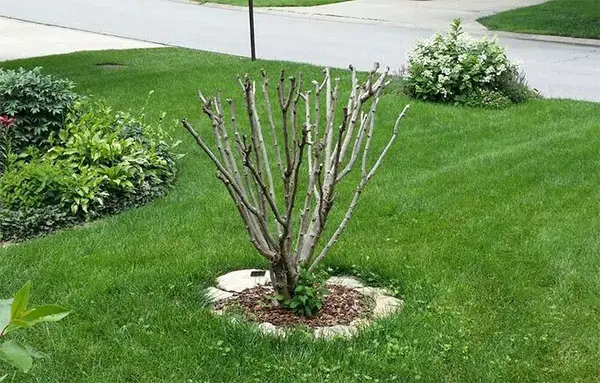Why Pruning Matters: The Benefits of Regular Trimming
Pruning is a crucial aspect of Rose of Sharon bush care, playing a vital role in promoting healthy growth, encouraging blooming, and maintaining shape and size. By trimming these beautiful shrubs regularly, gardeners can stimulate new growth, increase flower production, and maintain a balanced shape. Regular pruning also helps to remove dead, diseased, or damaged branches, which can improve the overall appearance and health of the bush. Furthermore, pruning can help to control the size of the bush, making it an essential technique for gardeners with limited space. Understanding when to trim Rose of Sharon bush is critical, as improper pruning can lead to reduced blooming, weakened branches, and increased susceptibility to pests and diseases. By incorporating regular pruning into their maintenance routine, gardeners can enjoy the many benefits of these stunning shrubs.
Identifying the Ideal Pruning Time: A Seasonal Guide
Determining the best time to trim Rose of Sharon bushes is crucial for maintaining their health and promoting optimal growth. The ideal pruning time depends on various factors, including the blooming season, dormancy, and new growth. In general, it’s recommended to prune Rose of Sharon bushes during their dormant season, typically in late winter or early spring, before new growth begins. This allows the bush to focus its energy on producing new growth and flowers, rather than expending energy on repairing pruning wounds. Pruning during the dormant season also helps to minimize the risk of disease and pest infestations. Additionally, pruning immediately after the blooming season can help to encourage a second round of flowers, making it an ideal time to trim for gardeners who want to maximize their bush’s blooming potential. Understanding when to trim Rose of Sharon bush is essential for achieving the desired results and avoiding potential pitfalls.
How to Trim Rose of Sharon Bushes for Maximum Impact
To trim Rose of Sharon bushes effectively, it’s essential to have the right tools and techniques. Start by gathering the necessary equipment, including pruning shears, loppers, and gloves. Before pruning, inspect the bush for any dead, diseased, or damaged branches, and remove them to prevent the spread of disease and encourage healthy growth. When trimming, make clean cuts at a 45-degree angle, about one-quarter inch above a bud or lateral branch. This will help the bush heal quickly and reduce the risk of disease. For shaping, prune the bush in a way that maintains its natural shape, removing any branches that are growing outside of the desired form. It’s also important to consider the timing of pruning, as when to trim Rose of Sharon bush can impact the bush’s ability to bloom and grow. By following these steps and considering the best time to prune, gardeners can enjoy a healthy, thriving Rose of Sharon bush that provides beauty and interest to the landscape.
Common Pruning Mistakes to Avoid
When it comes to pruning Rose of Sharon bushes, it’s essential to avoid common mistakes that can harm the plant’s health and appearance. One of the most common mistakes is over-pruning, which can stress the plant and lead to disease or pest infestations. On the other hand, under-pruning can result in a bush that becomes leggy and unmanageable. Another mistake to avoid is using incorrect cutting techniques, such as cutting too close to the trunk or making uneven cuts. This can cause the plant to become vulnerable to disease and pests, and can also affect its ability to bloom and grow. Additionally, pruning at the wrong time, such as during the active growing season, can cause unnecessary stress to the plant. By understanding when to trim Rose of Sharon bush and avoiding these common mistakes, gardeners can ensure their bushes remain healthy and thriving. It’s also important to prune with a clear goal in mind, whether it’s to maintain shape and size, promote blooming, or control pests and diseases. By being mindful of these potential pitfalls, gardeners can achieve the desired results and enjoy a beautiful, thriving Rose of Sharon bush.
The Role of Pruning in Shaping Rose of Sharon Bushes
Pruning plays a crucial role in shaping and maintaining the desired form of Rose of Sharon bushes. By pruning regularly, gardeners can control the size and shape of their bushes, promoting a balanced and aesthetically pleasing appearance. One of the key benefits of pruning is its ability to promote a strong, central leader, which helps to maintain the bush’s overall structure and shape. Additionally, pruning can be used to encourage a more compact, bushy growth habit, making it ideal for smaller gardens or hedges. When pruning for size control, it’s essential to prune at the right time, considering factors like blooming seasons and dormancy. By understanding when to trim Rose of Sharon bush, gardeners can make targeted pruning cuts that promote healthy growth and maintain the desired shape. Furthermore, pruning can be used to remove any wayward or crossing branches, promoting air circulation and reducing the risk of disease. By incorporating pruning into their regular gardening routine, gardeners can enjoy a beautifully shaped and thriving Rose of Sharon bush that adds beauty and interest to the landscape.
Pruning for Pest and Disease Control
Pruning is an essential tool in preventing and controlling pests and diseases in Rose of Sharon bushes. By removing infected branches and promoting air circulation, gardeners can reduce the risk of disease and pest infestations. One of the most common diseases affecting Rose of Sharon bushes is powdery mildew, which can be prevented by pruning to improve air circulation and removing any infected leaves or branches. Additionally, pruning can help control pests like aphids and whiteflies by removing infested branches and promoting healthy growth. When pruning for pest and disease control, it’s essential to make clean cuts, using sharp and sanitized pruning tools to prevent the spread of disease. It’s also important to prune at the right time, considering factors like blooming seasons and dormancy. By understanding when to trim Rose of Sharon bush, gardeners can make targeted pruning cuts that promote healthy growth and reduce the risk of pest and disease infestations. Furthermore, pruning can help improve the overall health and vigor of the bush, making it more resilient to pests and diseases. By incorporating pruning into their regular gardening routine, gardeners can enjoy a healthy and thriving Rose of Sharon bush that adds beauty and interest to the landscape.
Pruning Tools and Equipment: What You Need to Get Started
Before pruning Rose of Sharon bushes, it’s essential to have the right tools and equipment to ensure a successful and safe pruning experience. The most critical tool for pruning Rose of Sharon bushes is a good pair of pruning shears. Look for shears with sharp, clean blades and comfortable grips to make pruning easier and more efficient. Loppers are also necessary for thicker branches and can help to reduce fatigue when pruning larger bushes. Additionally, gardening gloves can provide protection for hands and improve grip on pruning tools. When selecting pruning tools, consider the size and type of Rose of Sharon bush being pruned, as well as the desired pruning technique. For example, bypass pruners are ideal for live branches, while anvil pruners are better suited for dead or diseased wood. By having the right tools and equipment, gardeners can ensure a successful pruning experience and achieve the desired shape and size of their Rose of Sharon bushes. Remember to prune at the right time, considering factors like blooming seasons and dormancy, to get the most out of pruning. Understanding when to trim Rose of Sharon bush can make all the difference in achieving a beautifully shaped and thriving bush.
Maintaining Your Rose of Sharon Bushes After Pruning
After pruning, it’s essential to provide proper care to Rose of Sharon bushes to ensure they recover quickly and thrive. Watering is critical, especially during the first few weeks after pruning. Aim to provide about 1 inch of water per week, either through rainfall or irrigation. Fertilizing can also help promote healthy growth and blooming. Apply a balanced fertilizer in the early growing season, following the manufacturer’s instructions. Additionally, monitor Rose of Sharon bushes for signs of stress or disease, such as yellowing leaves, black spots, or powdery mildew. Regularly inspecting the bushes can help identify potential issues early, allowing for prompt treatment and prevention of further damage. By understanding when to trim Rose of Sharon bush and providing proper care after pruning, gardeners can enjoy a healthy, thriving, and beautifully shaped Rose of Sharon bush that adds beauty and interest to the landscape. Furthermore, regular pruning and maintenance can help extend the life of the bush, making it a valuable investment for any garden or landscape.







